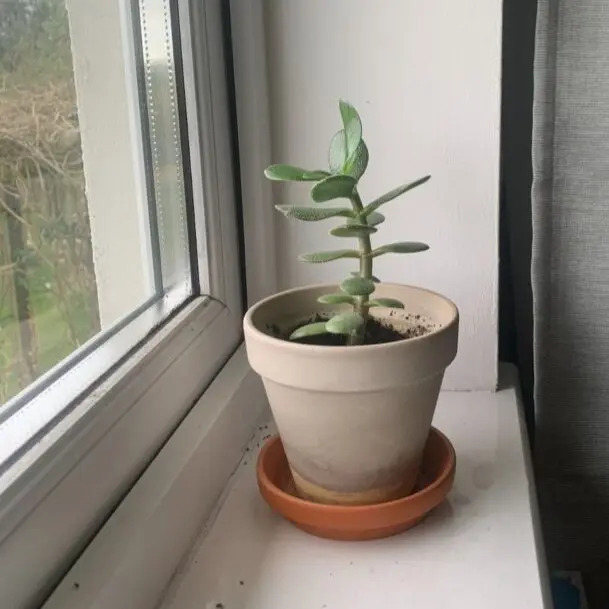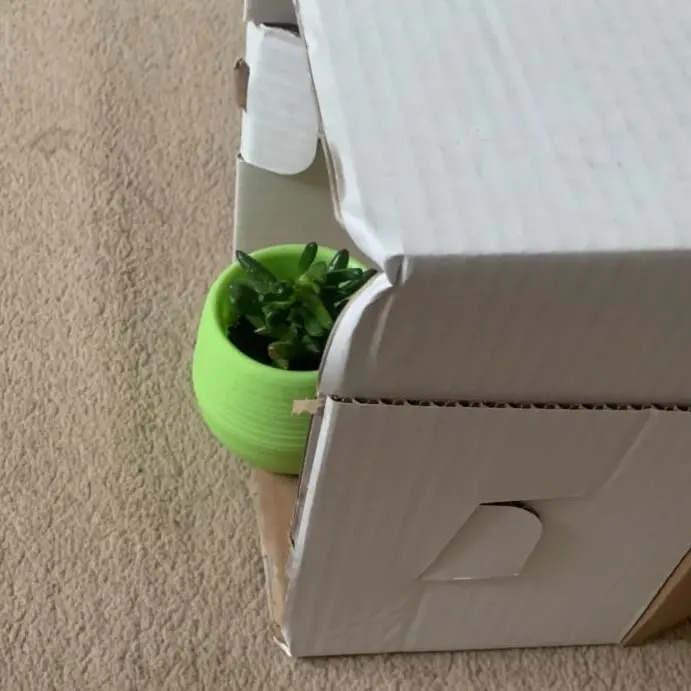
Seed experiments
This resource page was mostly written by Albert, one of our work experience students!
Image credit: Adrian Swancar via Unsplash.
To find out how to look after the seedlings that you planted in the pop-up, check out the seedling care webpage!
On this page, we explore some ideas for growing plants in conditions which mimic the properties of some of the exoplanets visited in the exhibition. Maybe you have some seed packets left over from a previous year, or too many seedlings than you can plant out, or you’re just a budding experimentalist: have a look at the ideas below to get started!
Background
Exoplanets are distant planets that orbit stars other than our Sun. There are many different types of exoplanets that exist, some are massive and made from gas and some are smaller and made from rock, like the Earth. So far, astronomers have discovered over 4000 of these alien worlds that orbit the stars you see in the night sky. Astrophysicists think on average, every star is likely to have one or more exoplanets.
In these experiments, we will try to understand how a plant from Earth might grow in the different environments that exist on some of the exoplanets that have been discovered. You will need to grow one plant in normal conditions, where you do not change anything. Once you complete an experiment you will be able to compare this normal plant to the plant you have experimented on, and compare what changes the different environments have brought about on the experimented plant. Make sure you use the same type of plants, and water both plants with the same amounts of water to keep the experiment fair.
Growing a plant on Proxima Centauri b experiment:
Proxima Centauri b is part of the closest planetary system to Earth, at only a little over 4 light years away Light travels nearly 300 million metres in one second. One light year is the distance light travels in one year, which is equal to travelling from the Earth to the Sun 63,000 times, so our nearest star is still a very long distance away from us! Proxima Centauri b is a rocky planet (like Earth) in the habitable zone, which means the planet is at the right distance from its star to receive enough heat that the surface could potentially possess liquid water. Liquid water is important because it means life (as we know it) could exist.
Proxima Centauri b is also tidally locked, so it doesn’t rotate like the Earth but instead has one side of the exoplanet always facing the star in its orbit. A plant might need to grow in the region between the light side of the planet that faces its sun and the dark side that faces away from its sun, because this region of the exoplanet is more likely heated at the right temperature for liquid water to be present (although this depends on the atmospheric conditions, as discussed in the work by Turbet et al).
So, for our hypothetical Earth plant growing on Proxima Centauri b, let us set up our experiment with light only coming from one side of the planet, because only one side of the exoplanet faces its star.

Before you start the experiment, in order to be a good scientist you must first write down your prediction on how light coming from only one direction will affect the plant as it grows.
We can make light shine on one side of the plant using two different setups. First, you could grow your plant on an East or West facing window. The Sun rises in the East and sets in the West, so the plant will mostly receive light coming from the window-facing side. Alternatively, you could remove one side of a cardboard box and place the plant half inside the box and half outside, and place the box with the plant in a room that gets lots of natural light.


Now you just need to water your plant and wait for it to grow. Once it has grown to have a few leaves, you will be ready to analyse your results and make a conclusion. To analyse your results, compare the experimental plant to the plant you have been growing in normal conditions. How do they compare? Try to recognise the effects that only having light from one side has had on the experimented plant: perhaps it has grown in a different direction, or grown by a different amount, or with more/fewer leaves.
What can you conclude from your results? You can compare it to the prediction you made at the start of the experiment and see how close your prediction was to the real results. Remember that in a normal scientific experiment, you would have a large number of test cases, rather than just one – so we cannot form any definite conclusions from this experiment.
What we should be able to observe is that the plants tend to grow towards the light and will bend and angle their leaves in this direction. So, if the atmospheric conditions were suitable, then our Earth plant on Proxima Centauri b would grow towards the side of the exoplanet that faces the sun!
More experiments coming soon – stay tuned!